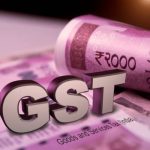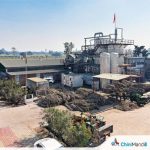Kochi (Kerala): Agricultural experts have emphasised that formulating balanced technology policies is crucial for maximizing benefits from GM crops.
They were speaking at a discussion on genome editing, biosafety for product development and socioeconomic considerations at the ongoing 16th Agricultural Science Congress (ASC).
They are of the view that the sector needs a broader and multi-dimensional framework to understand the net social value of technology transpired in the field and suggested that there should be greater consultations among agri-bio scientists and social scientists.
Speaking on the occasion, Dr R Ramakumar from the Tata Institute of Social Sciences, Mumbai and the Part-time Member of Kerala Planning Board said that government research establishments in the country should take adequate care and measures for risk assessment, risk management, hazard identification and socio-cultural impact of agricultural technologies.
“Understanding socioeconomics and sustainability implications are very much required for upscaling upcoming technologies on genomics in the agriculture sector,” he said.
Referring to the example of Bt cotton experience in India, he said that this technology was not a failure as widely perceived. “However, this experience can be utilized to bridge the disconnect between technology regime and policy discourse. Hence, social impacts like displacement and inequality can be addressed adequately,” he said.
Dr Ramakumar also stressed the need to exercise due diligence on matters regarding the political economy of ownership of the technology.
Applications of the best science and technology, including in the areas of agri-bio, agri-tech and food-tech are required to produce more food from less land to meet the growing food demand sustainably, said Dr Michael Jones from Murdoch University, Australia. “The genetic potential of crop plants in the field underlies all these technologies, and genome or gene editing is providing exciting new opportunities for genetic crop improvement,” he said.
(With inputs from ANI)












